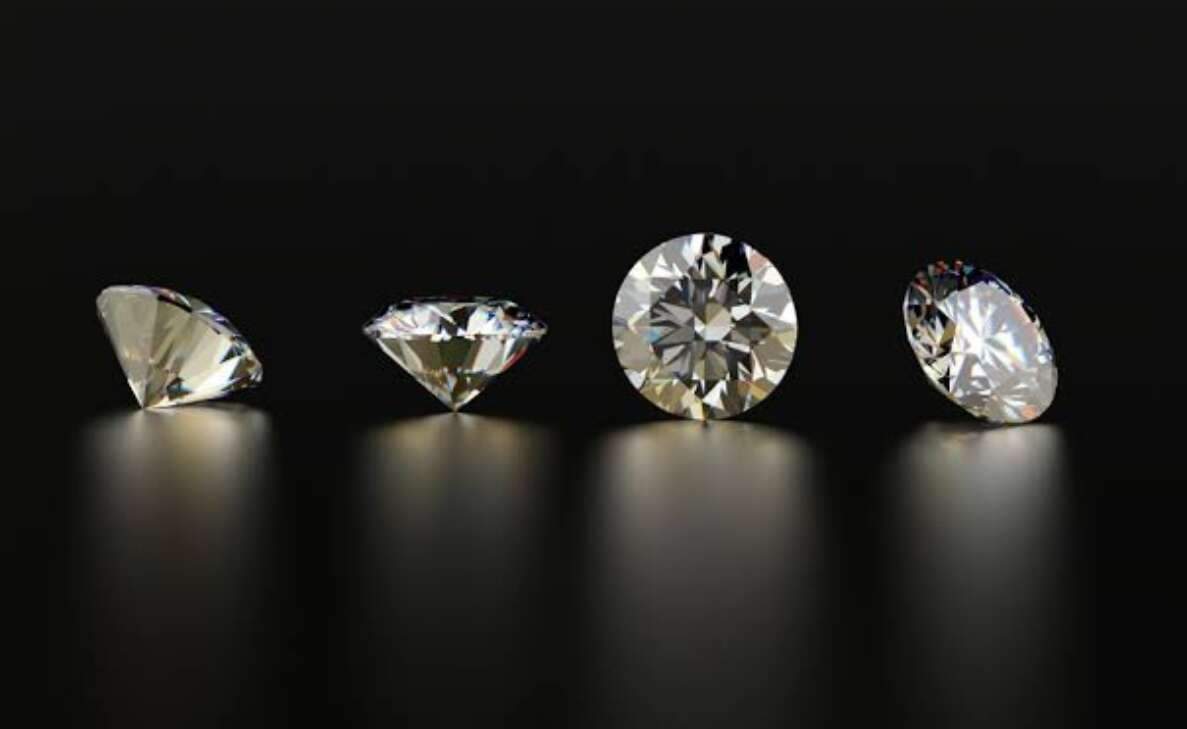

A diamond can take anywhere from 1 billion to 3.3 billion years to form in nature. The long process and the manpower that it takes to mine the diamonds account for the high pricing of diamonds. But technology has produced a more cost-effective method of producing the coveted stone. Lab-grown diamonds (LGDs) are created in a tiny fraction of the time it takes natural diamonds to form, which results in lower costs. But what is a lab-grown diamond and how it is made? Let’s dive deeper into the world of LGDs.
A lab-grown diamond is exactly what it sounds like, which is a real, authentic diamond that is formed with scientists duplicating nature’s process above ground. There are essentially two methods to create lab-grown diamonds- Chemical Vapour Deposition (CVD) and High Pressure High Temperature (HPHT). The CVD method is the most common method used by jewellers.
Process behind the CVD method
The LGD jewellers start working with a very slim slice of a diamond, where the crystalline structure of the diamond is already formed. This is often called the diamond ‘seed’ and is composed of pure carbon; either natural or existing lab-created diamond. The seed is placed in a vacuum where carbon molecules assimilate to the diamond seed. It’s almost like 3-D printing a diamond. Once the diamond is ‘grown’ in this chamber, it will be ready to be cut and polished, just like a natural diamond. Both the lab and mined diamonds use the same certification and inspection process, which includes grading for carat size, cut quality, colour, and clarity.
While the demand for lab-grown diamonds has been increasing rapidly in the US, UK, and markets like Australia, the concept is slowly gaining momentum in India. However, there are still many misconceptions about these gems due to which certain consumers are leery of purchasing them. We are here to help you sort the fiction from the facts and to bust these lab-grown diamond myths once and for all.
Lab-grown diamonds aren’t as durable as mined diamonds
This is false because lab-grown diamonds are the same as mined diamonds physically. They have the same strength and resilience as mined diamonds. These diamonds have the same Mohs hardness of 10 as mined diamonds. In fact, the use of the words “natural” and “synthetic” was prohibited in diamond marketing as of July 2018.
#Myth 2
Lab-grown diamonds are cheaper because they are of poor quality
Fact: Lab-grown diamonds are created using advanced technology in laboratories whereas mined diamonds are mined from under the surface of the earth. Lab-grown diamonds do not incur the expense of mining and hence pass on the cost-benefit to the consumers with lower pricing. Their quality is not inferior to that of mined diamonds.
#Myth 3
Lab-grown diamonds are not certified
Fact: Lab-grown diamonds are certified by the same diamond grading & certifying agencies that grade & certify mined diamonds including world-renowned organisations such as GIA, IGI, and SGL.
#Myth 4
Lab-grown diamonds do not have a resale value
Fact: Lab-grown diamonds have resale value with brands like Wondr Diamonds offering buyback and exchange opportunities to the end consumers.
#Myth 5
Lab-grown diamonds impact the environment and our society in the same way as mined diamonds do
Fact: Lab-grown diamonds are not mined diamonds. As a result, they do not bear the burden of mining and associated environmental impacts. In fact, lab-grown diamonds are a sustainable alternative to mined diamonds.
This post was last modified on 16/02/2023 8:14 pm
The weekend is finally here, which means it is time for entertainment! No matter what…
Once upon a time, kids spent their free time chasing each other outside, climbing trees,…
If Vizag is called the city of destiny, then it means the people living in…
After a week-long wait, which felt like an eternity, the IPL is finally ready to…
Everybody loves to visit the zoo, right? It is a common place for a school…
Everyone loves a breath of fresh air, especially when it carries the comforting aroma of…
Leave a Comment